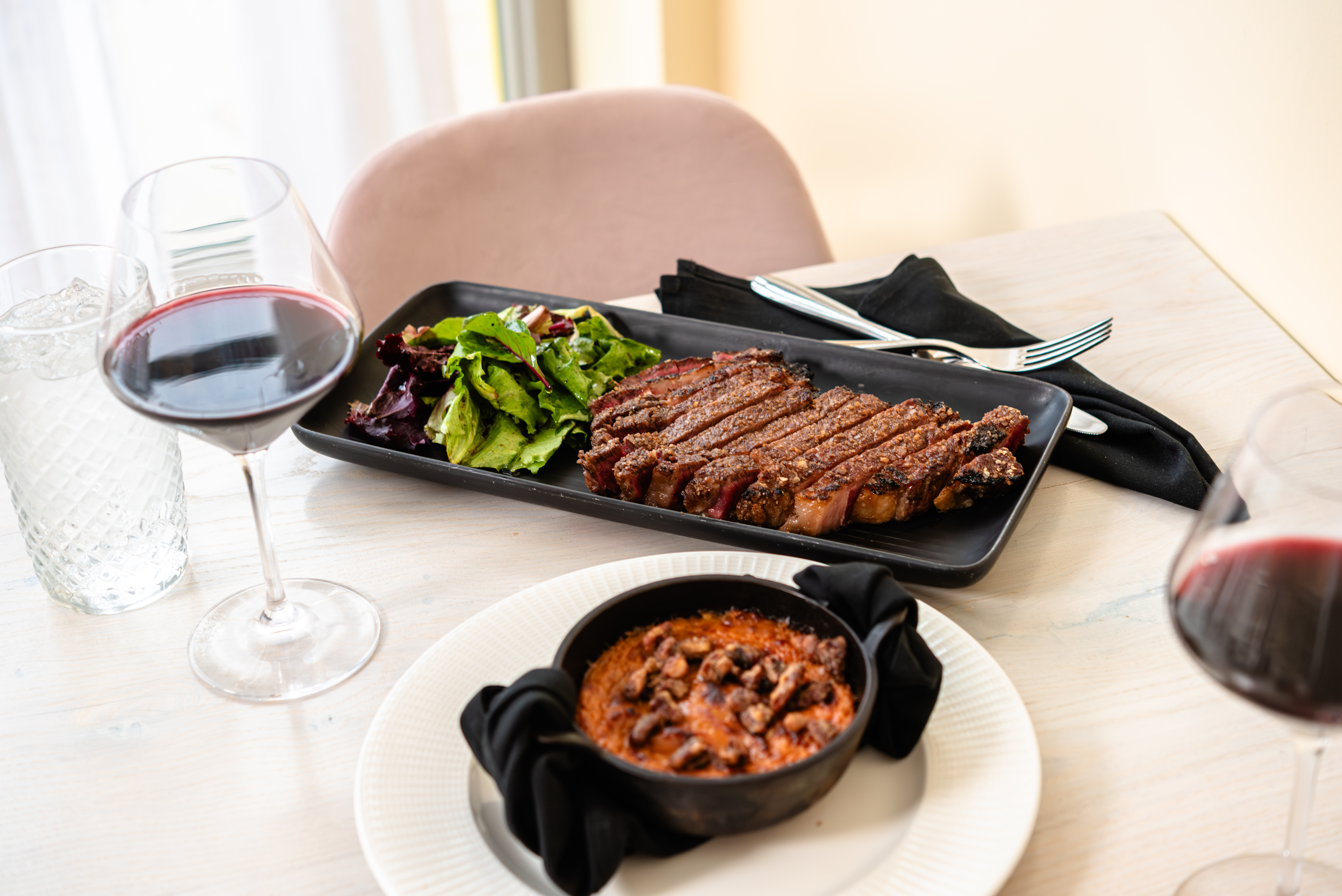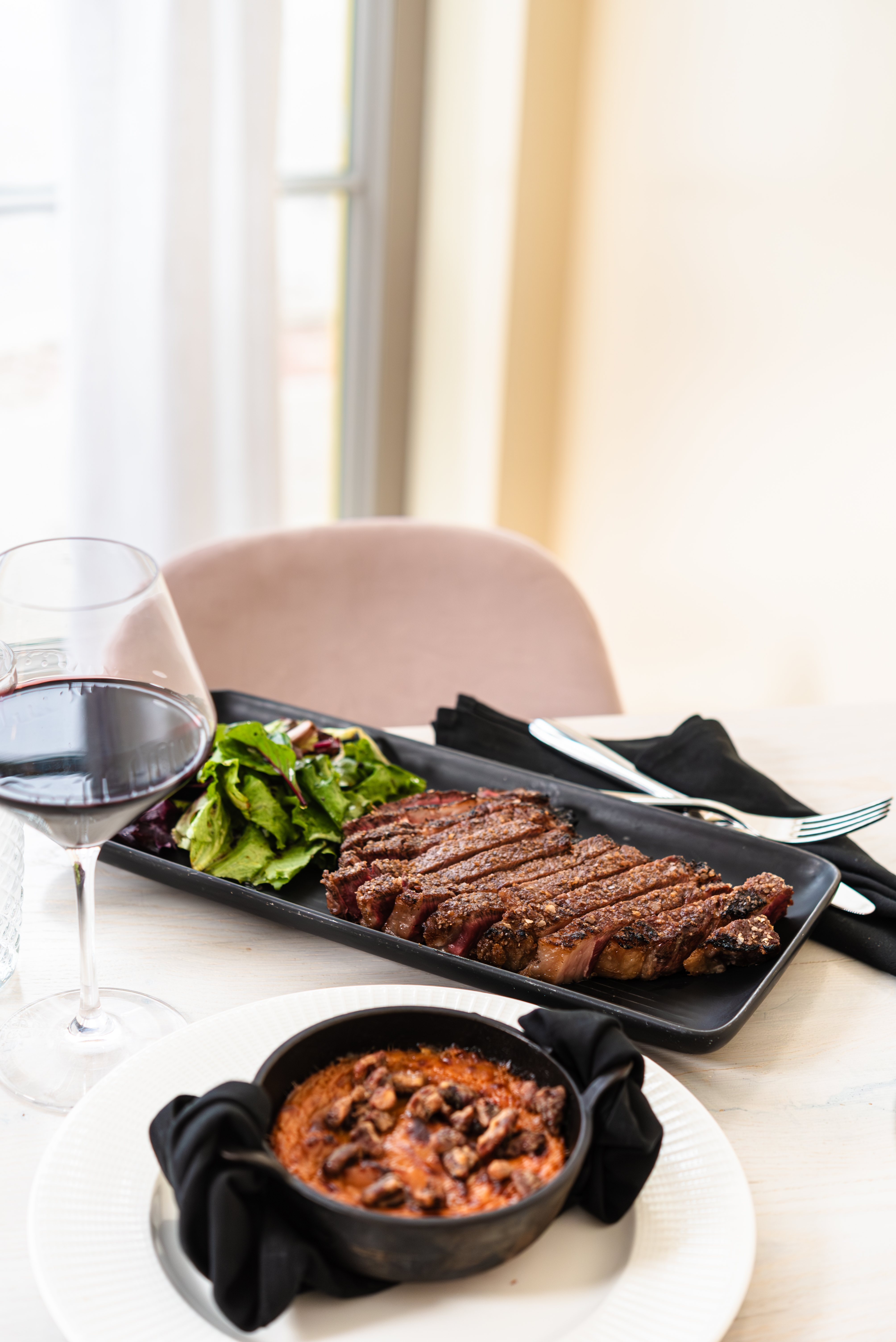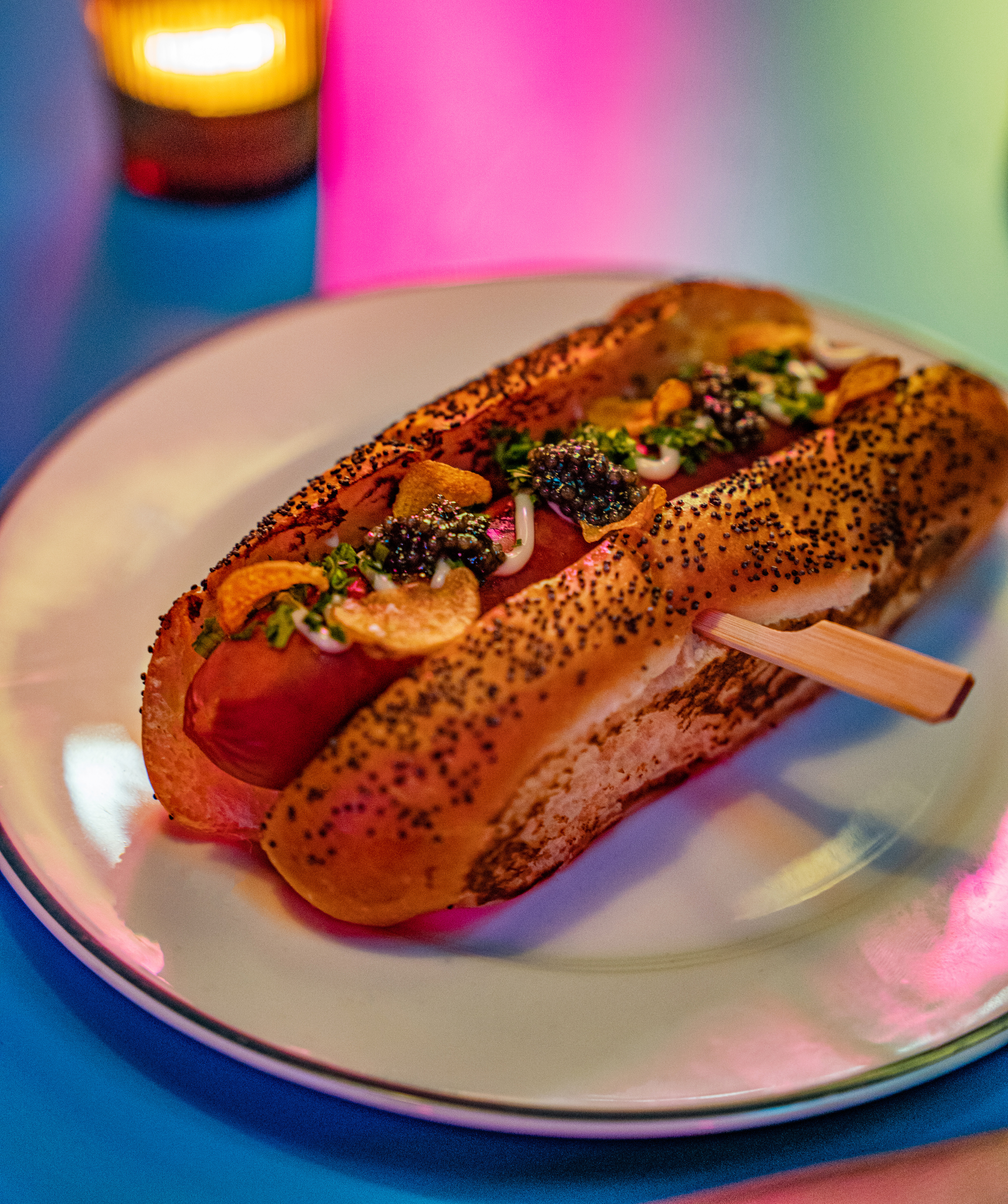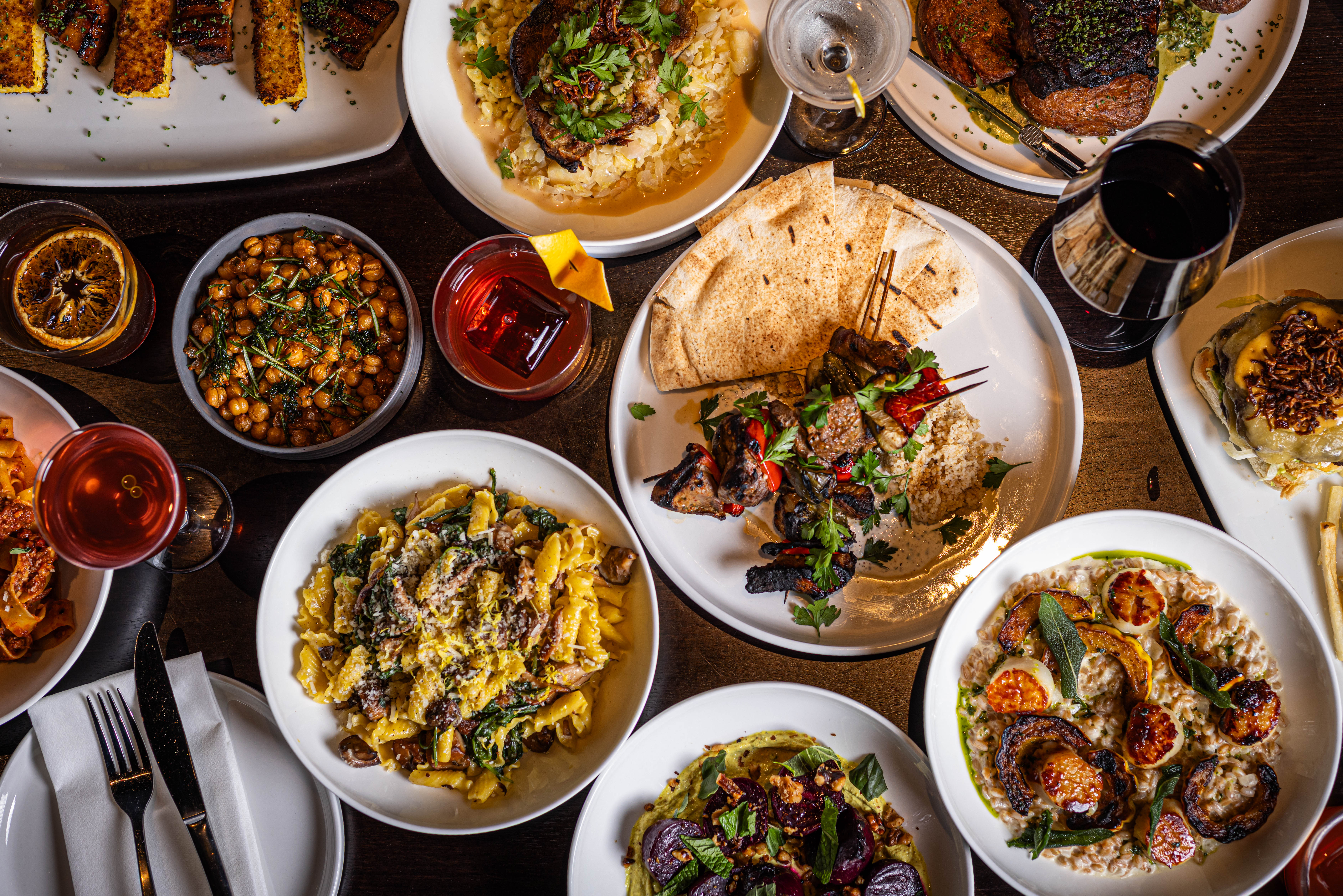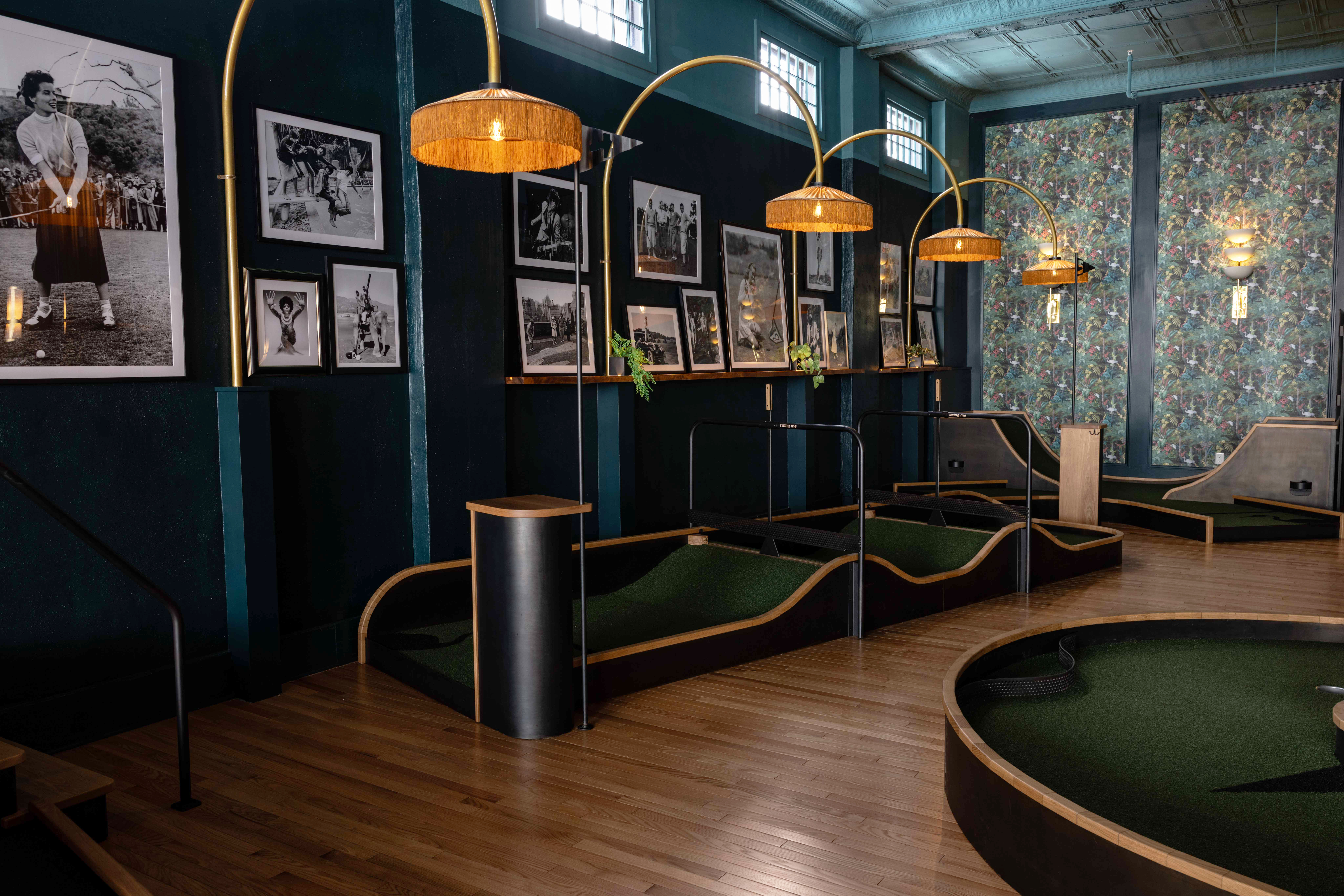Spanish Revolution
Mar. 27, 2007 | 4:00 AM
While Spain's sun-drenched reds have garnered international attention for more than a decade, the country's native whites are finally on the rise with plenty of varieties on retail shelves just in time for spring.
The reason is clear: Spain offers several microclimates for growing white grapes.
Albariño, a small, native grape used for high-quality wines in the RÃas Baixas region of northwest Spain, tops the vine. Cooler temperatures tempered by ocean breezes allow Albariño producers to make refreshing whites with aromatic apricot, kiwi and floral notes that pair well with fish, seafood or a simple spring salad.
For a real flavor adventure, grab a glass of fino sherry from Spain's southern tip before dinner. A bone-dry sherry, fino's apple cider and yeasty aromas match well with slices of salty, smoked ham.
To the east, the Rueda region specializes in intensely fruity wines made using the Verdejo grape. Juicy and soft, the wines have lots of character with a passion fruit and floral edge that makes them one of Spain's most enjoyable white varieties.
In Rioja — the land typically known for quality reds — dry, refreshing whites are made using the Viura grape either alone or in a blend with Garnacha Blanca. Simple quaffing wines, white Rioja blends are easy on the palate and the budget, making them a good choice for large gatherings.
While many Spanish whites are made using local grapes, Chardonnay (a French grape) has been transplanted into northern vineyards and into the hands of the eager winemakers of Costers del Segre and Navarra. Spanish Chardonnay can be oaked or unoaked and is typically ready to drink without aging.
Finally, every wine-producing country has a region for sparkling wine, and in Spain that means Cava. Produced mostly from grapes grown in the north near Barcelona, Cava is bubbly, refreshing and adds a festive zest to any dinner table.
The Spanish passion for life, wine and food make it an alluring country to explore. So take a break this spring and discover the rich history and sunny flavors captured in every glass of vino blanco — one sunny sip at a time.
2005 Raimat Chardonnay, Costers del Segre, Spain ($13): Full-bodied and creamy with fresh apple and pear aromas. Crisp and unoaked, the wine has a clean finish that is easily paired with spring favorites such as salads with fresh fruit.
2005 Burgans Albariño, Rias Baixas, Spain ($13): Medium-bodied with lots of fresh apricot, lemon zest and white flower aromas. Medium alcohol and lip-smacking acidity is perfect for shrimp, chicken and spicy chorizo dishes.
2005 Naia Verdejo, Rueda, Spain ($14): Dry, full body with citrus, kiwi, herbal and mineral aromas. Crisp acidity and medium alcohol are Albariño-like with a little more weight on the palate and a slightly lower price tag.
2005 Marqués de Cà ceres White Rioja,
Rioja, Spain ($9): Dry and medium-bodied. Delicate fruity, floral and citrus aromas develop in the glass. Made from 100 percent Viura grapes, the wine's refreshing acidity makes a great aperitif.
NV CodornÃu Brut Cava, Sant Sadurni, Spain ($12): Dry and fruity with aromatic aromas of apple, lemon curd and earthiness with a floral edge. Crisp acidity and light mousse are perfect with a few salted nuts or olive tapanade.
NV Osborne Fino Sherry, Jerez, Spain ($11): Dry and light in style. Pungent apple cider, yeast and lemon notes that wine lovers simply call "fino" aromas. High acidity means food is a must. Try a glass with anything salty.
Trending
-
1
-
2
-
3
-
4
-
5





